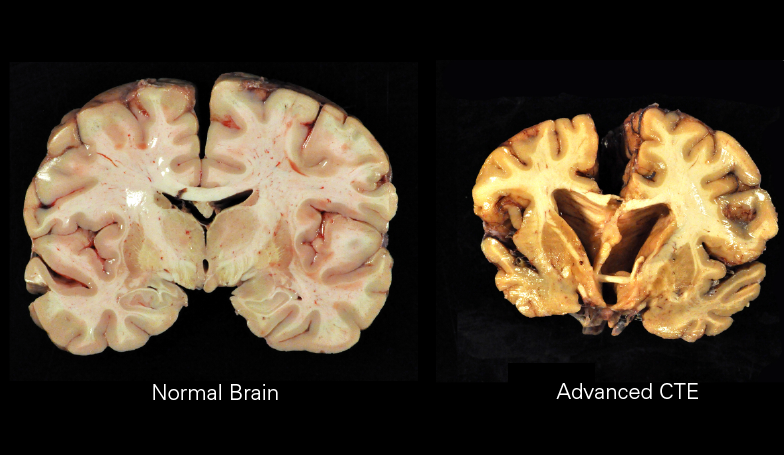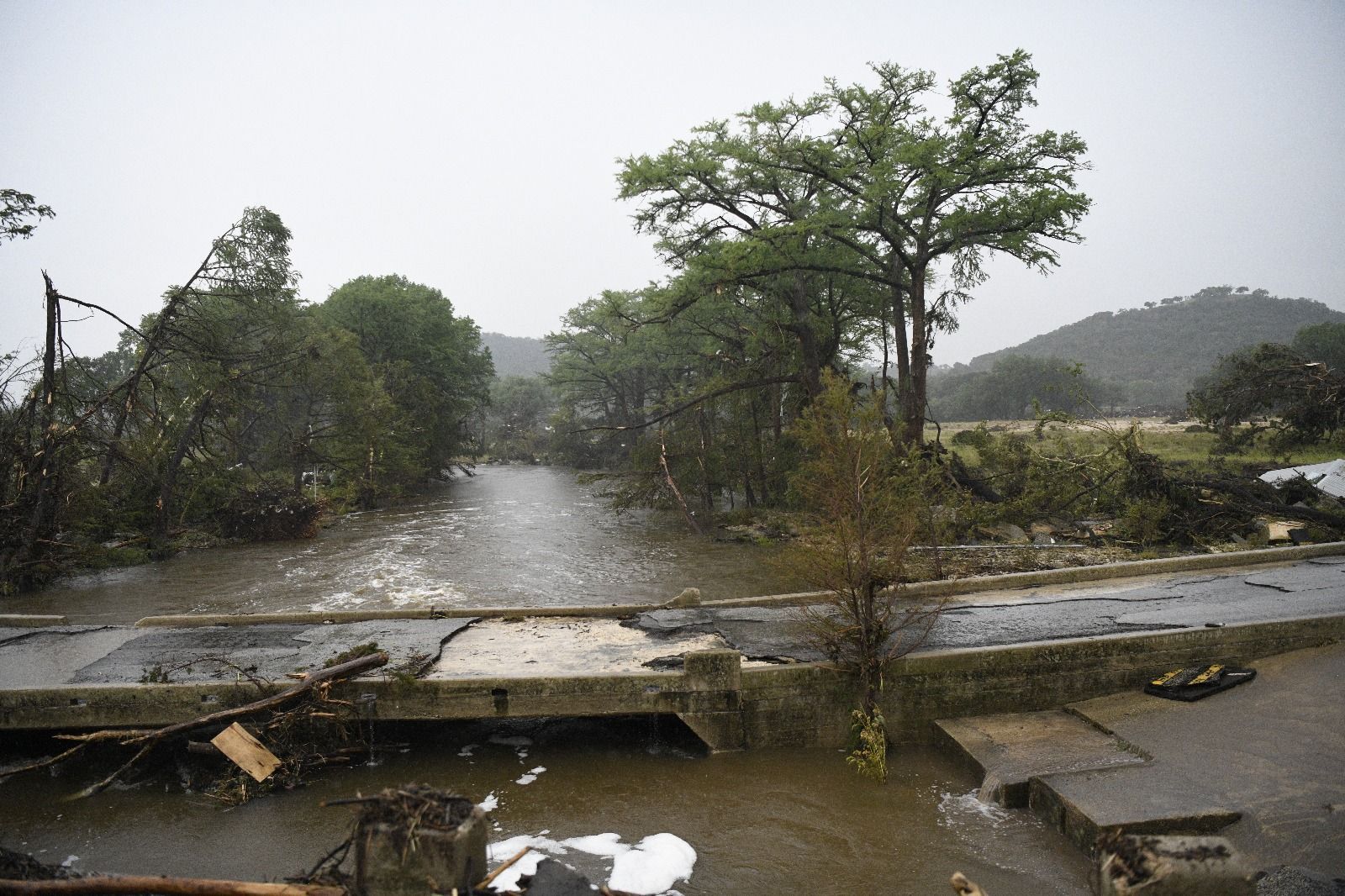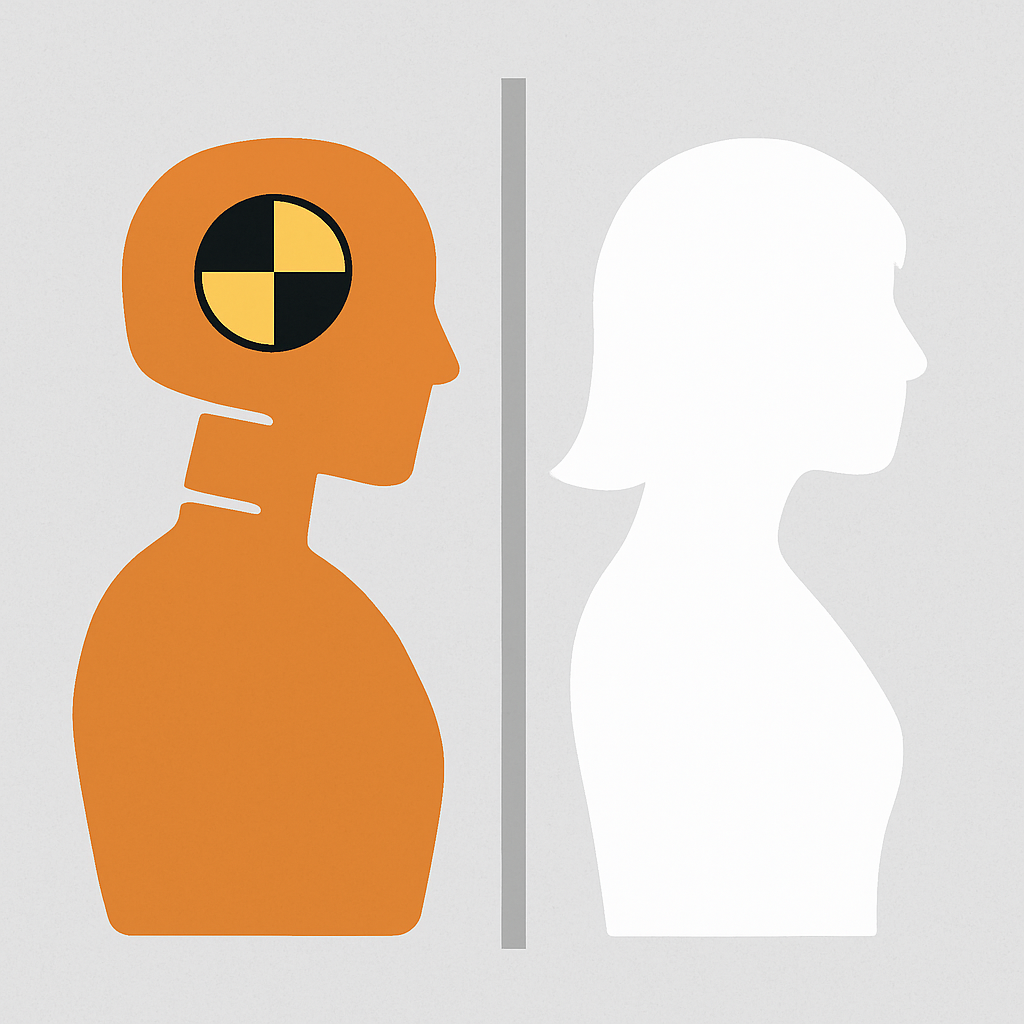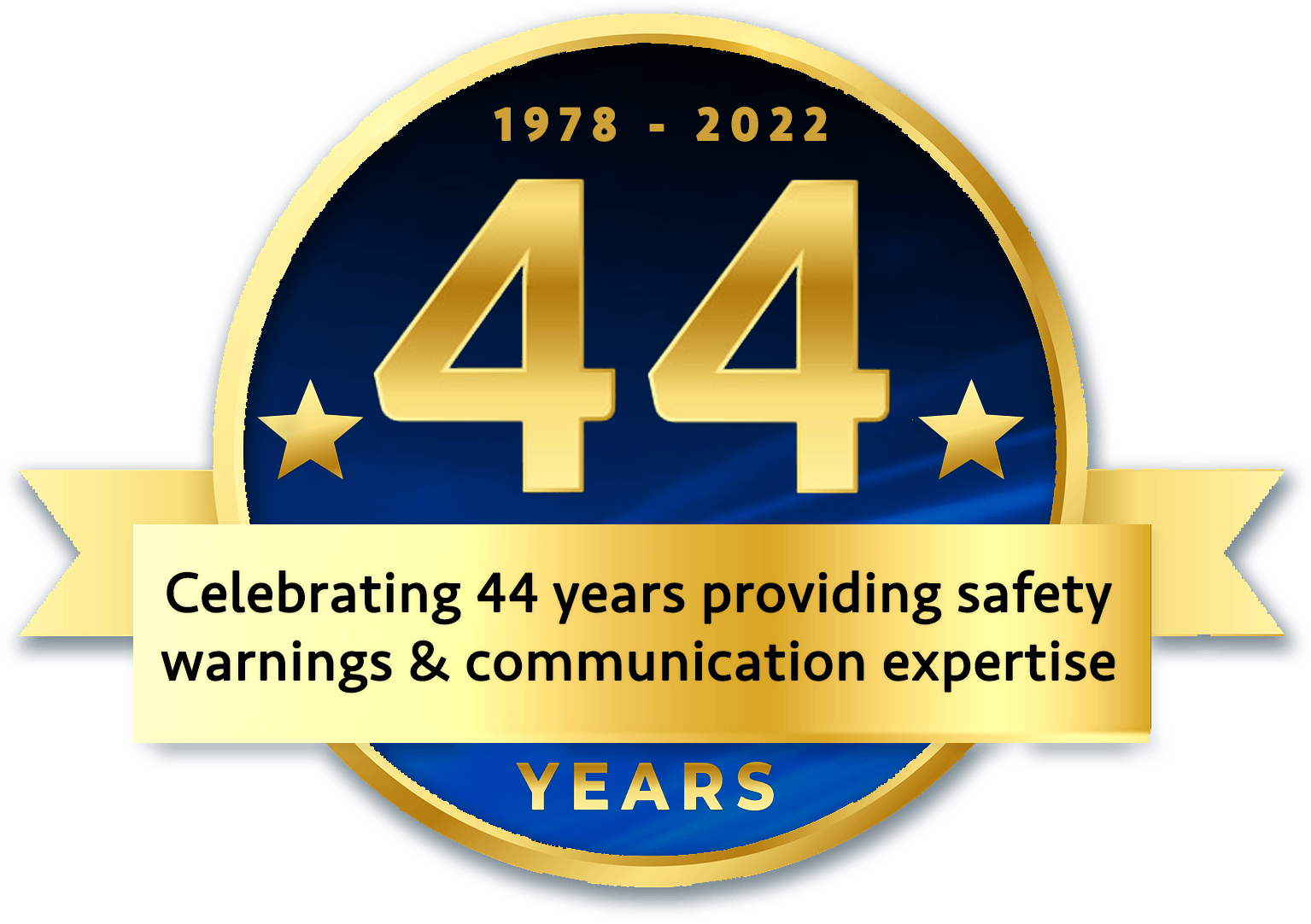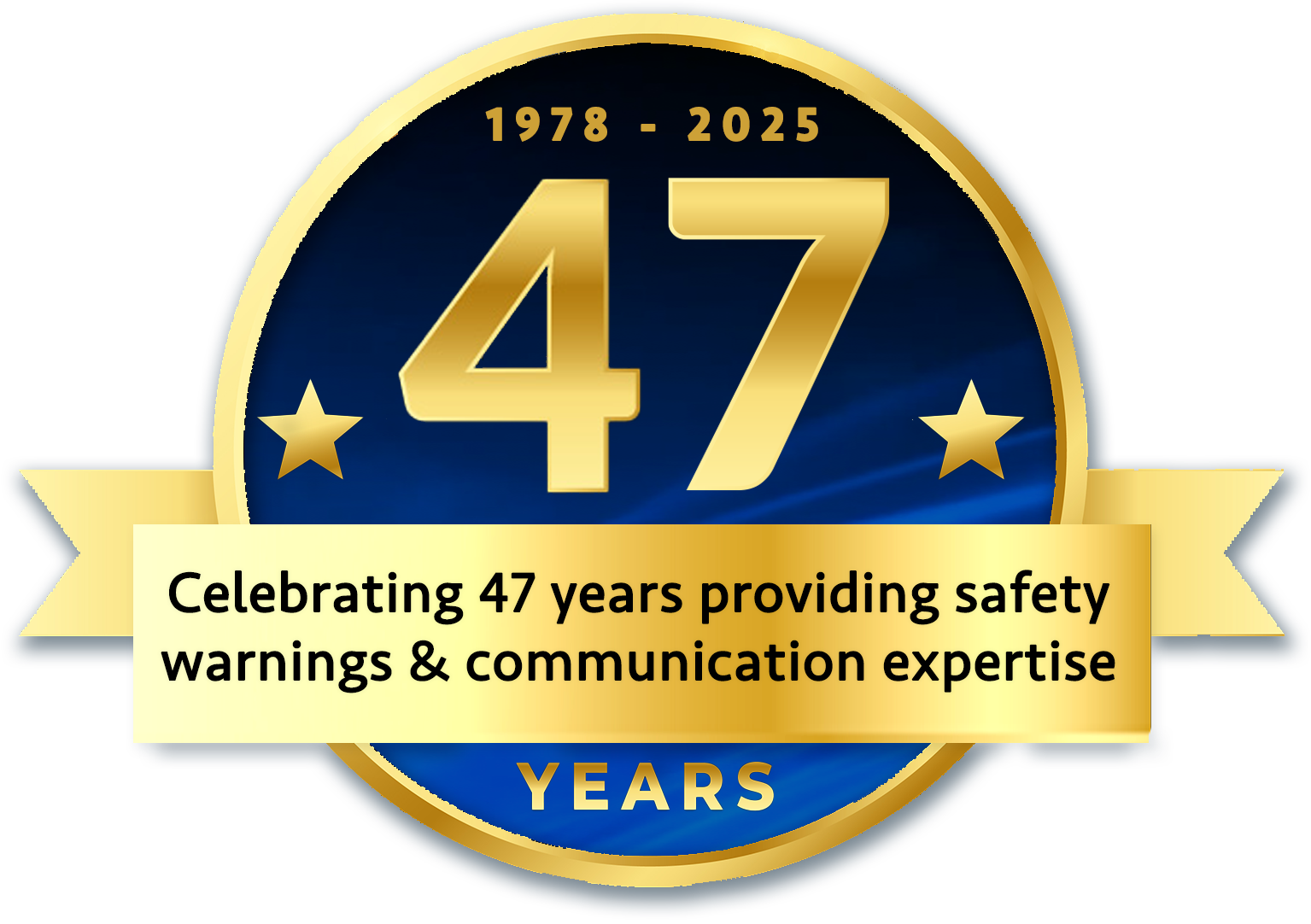WARNING: SUMMER FUN MAY LEAD TO SUMMER DANGERS!
The following story is from one of my cases. I have changed the names to protect my client's identity.
It was a very hot summer day at Universal Studios in Orlando, FL, but the heat did not prevent the Abreu family, visiting Florida from the Dominican Republic, from enjoying a day at the world famous theme park, exploring all the rides they could squeeze in during a 12 hour adventure. The fact that none of the Abreu's spoke a word of English, a demographic shared by over 20% of the visitors to Universal, did not deter them from their mission of joy, which soon would turn into a tragic disaster. The Abreu's, relying on a map and rider's guide, given to them when they bought their tickets, were soon confronting literature only available in English, a language none of them spoke or read. When they approached the turnstile to enter the famous King Kong ride, they entered the ride without even glancing at the signage, also posted only in English, and not understanding the words of the young Universal attendant )who spoke no Spanish, but who guided them to their seats. As the ride began, in a dark, poorly lit area, the Abreu's once again passed a sign, once again only in English, conveying safety warnings for all to read...that is, for all except the Abreu's and any other customer who didn't speak or read English. Included in these warnings was a statement that people with heart conditions should not participate in the King Kong experience, which included a very life-like version of the famous giant gorilla suddenly appearing out of the darkness, ready to grab and terrorize all patrons, including Mr. Abreu, who had recently been diagnosed with advanced coronary artery disease. As the ride drew to its conclusion, Mr. Abreu suffered a fatal heart attack. During my inspection of Universal and its neighboring competitors, SeaWorld and Disneyland, I discovered that unlike Universal, they did post all warnings in Spanish, employed bilingual attendants who gave the warnings both in English and Spanish and handed out all literature again both in Spanish and English. After I released my initial findings, Universal quickly settled the case.

The above case, as tragic as it was, is not atypical of the risks we face at amusement parks during this or any summer. According to the CPSC, approximately 30,000 permanent and mobile amusement park injuries/year result in a visit to an emergency room. The International Association of Amusement Parks places the number of injuries at about 1500/year, but that only includes data from permanent parks that don’t move around the country. The truth is that nobody really knows because there are NO Federal Regulations for amusement parks. It’s mostly up to the states, many of which only require annual inspections and many of those states leave it up to the park itself to self-inspect and report voluntarily if anyone gets injured. In other words, the fox is running the henhouse with regards to amusement park safety, which means it’s up to each of us to monitor the safety of ourselves and our loved ones. While most amusement parks post a buffet of signage and loud speaker announcements restricting rides to customers of allowed ages, heights, weights and medical conditions, the ultimate enforcement of these safety rules is typically left in the hands of high school and college teens, 16-18 years old, whose main responsibility is to take tickets from riders, not to act as trained safety officers. While conducting a study of amusement park warnings, I interviewed a number of these teens and asked them why they didn’t enforce the park’s posted warnings. The overwhelming response was, “I didn’t want to embarrass the customer.” In other words, the amusement park’s last enforcer of safety had chosen avoiding embarrassment over avoiding the risk of injury or death.
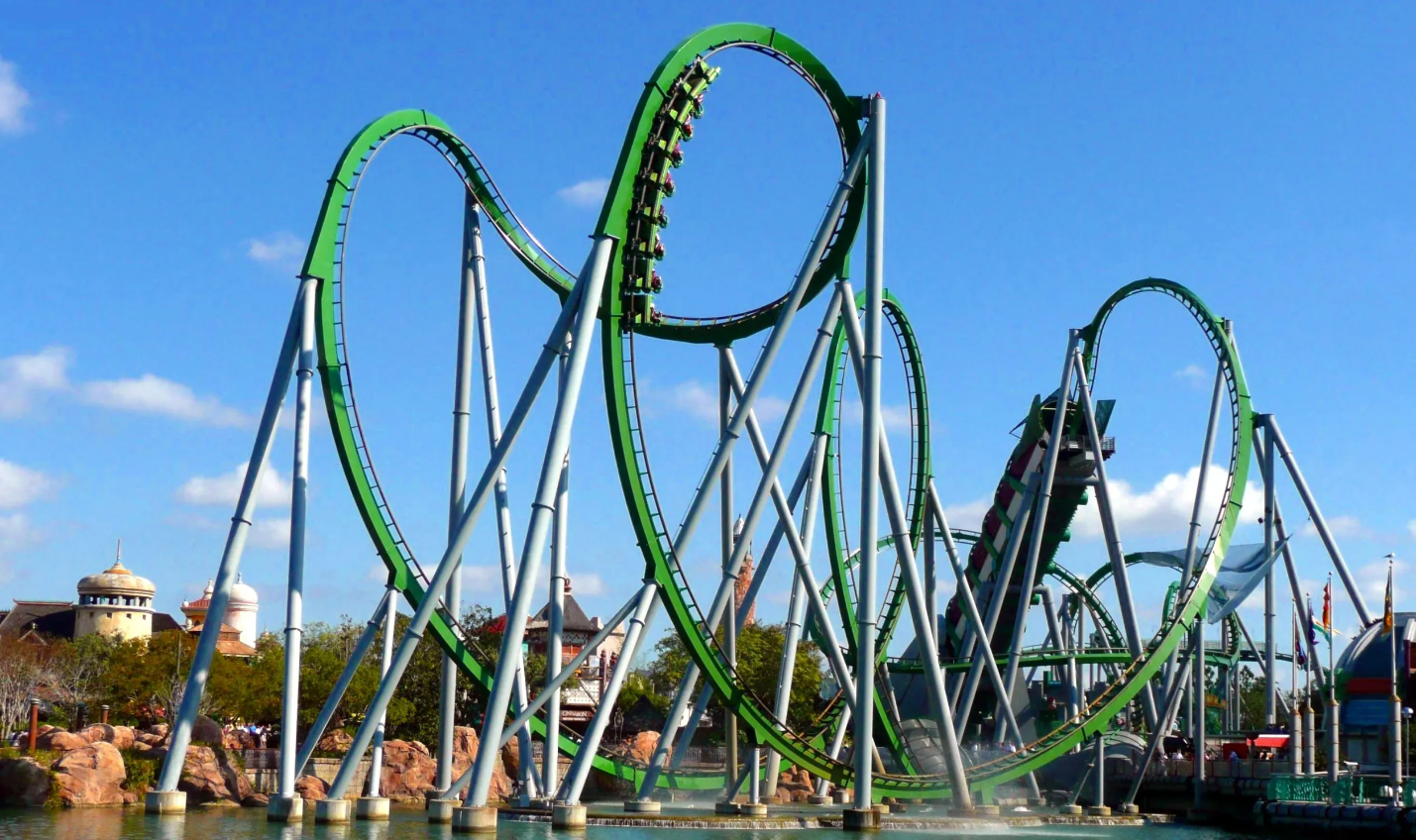
Amusement parks are not the only dangerous locations we confront during our summer of fun. Pools and other bodies of water present two major risks to us: drownings and diving injuries. In my June, 2021 newsletter, I wrote the following, which I believe is just as relevant today as it was three years ago:
While pools and other bodies of water may indeed be a source of summer fun and pleasure, they present a particular risk of danger both to toddlers/young children and teens, especially males. According to the Consumer Product Safety Commission (CPSC), approximately 300 children age 1-4 years old, drown every summer in a private swimming pool. Drowning is the leading cause of death for young children, according to the National Safety Council, and the real tragedy is that most of these deaths are very preventable.
Here are a few water safety precautions that may prevent your child from drowning in a residential pool or other body of water:
- Never leave your child alone; if you have to leave, take your child with you
- While age-appropriate swim lessons for your child may be beneficial, such lessons do not make your child “drown-proof”
- Lifeguards aren’t babysitters; always keep your eyes on your child
- Never consume alcohol or other substances when watching your child
- Always have a first aid kit and emergency contacts handy
- Get training in CPR
- If a child is missing, always check the water first.
Pools and beaches are fun, especially on a hot summer day; all they require is your undivided attention. Child drownings aren’t the only hazard you may face in a pool or other body of water. Diving into shallow water, especially in residential pools, presents a unique set of factors that call for very strong actions and warnings. What do the statistics show?
- There are approximately 1000 spinal cord injuries each year in the U.S. due to shallow water diving
- 90% of all diving injuries cause a spinal cord injury which results in paralysis
- Most injuries occur to males aged 15-25
- Most injuries occur while diving into six feet of water or less
- Three out of four injuries occur in lakes, rivers, oceans and other natural bodies of water.
Additional statistics of interest: 6500 adolescents/year are brought to hospitals with diving-related injuries both from in-ground and above-ground pools. Half of these injuries occurred during a pool party where alcohol or drugs were involved and almost all (80%) took place in shallow water of less than four feet mostly due to headfirst dives...WITH NO WARNING SIGNS POSTED AT THE POOL. I designed the following No Diving sign now recommended by the National Spa and Pool Institute and other organizations.
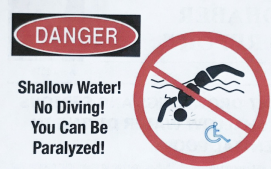
But posting such a sign, even in several locations, may not be enough to prevent diving injuries. Given that most injuries are among the population most likely to ignore such a sign (young men, especially those who are inebriated or otherwise chemically impaired), the role of the pool owner now becomes a vital part of any warning system. In addition to posting a no diving sign along with depth markers along the sides and ends of the pool, they must orally warn all pool users, especially the friends of their children who might be using the pool for the first time, that there is absolutely no diving in the shallow water of their swimming pool. And unless the pool is at least 9’ deep from the sides or ends, there should be no diving at all in the pool. Obviously, the same rules should apply to diving into any body of shallow water including lakes, rivers and oceans.
So, as you get ready for your summer of fun, please remember that the Warnings Doctor wants you to have fun but also to remain safe. The above precautions should go a long way to making that so.


